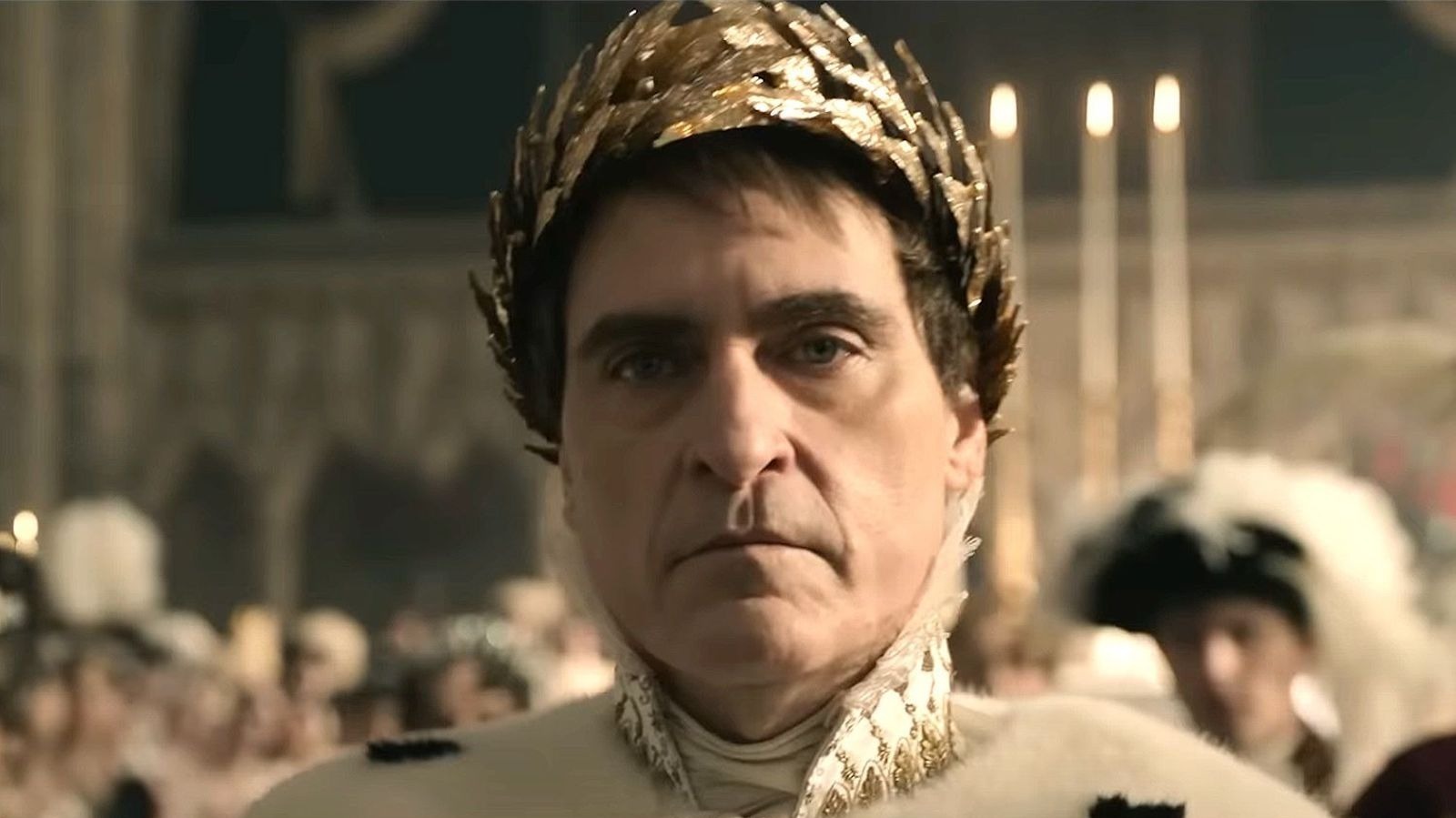
Ridley Scott’s film opens with a scene in which a young-ish Napoleon (Joaquin Phoenix) lurks in the crowd as Marie Antoinette (Catherine Walker) is paraded through the masses on her way to the guillotine. As the revolting citizens scream and throw rotten tomatoes at her, the deposed queen remains defiant. She’s styled in a tight-fitting dark dress with multiple layers of blonde hair cascading from her soon-to-be-detached head.
Marie Antoinette’s beheading was a significant moment in the French Revolution and the Reign of Terror… the onslaught of public executions, especially of aristocrats, is referenced in the movie. However, “Napoleon” doesn’t explain the circumstances that led to Marie Antoinette’s death sentence, nor does it depict her final moments as they truly happened. The real Marie Antoinette was a broken woman by that fateful day. Having been widowed by her husband’s own trip to the guillotine, imprisoned with her children, and eventually separated from her son, she was wrongly and humiliatingly accused of incest at her trial. The stress took a toll on her appearance; she was gaunt, her hair (which had turned white) had been cut short, and she wore a modest white dress and cap.
On the morning of her execution, her mind was on her children; she wrote a final letter expressing regret that they’d be left without a mother. Before the blade fell, she even apologized to the executioner for stepping on his foot. Also of note, Napoleon wasn’t in attendance. On October 16, 1793, he would’ve already been occupied with the Siege of Toulon.








